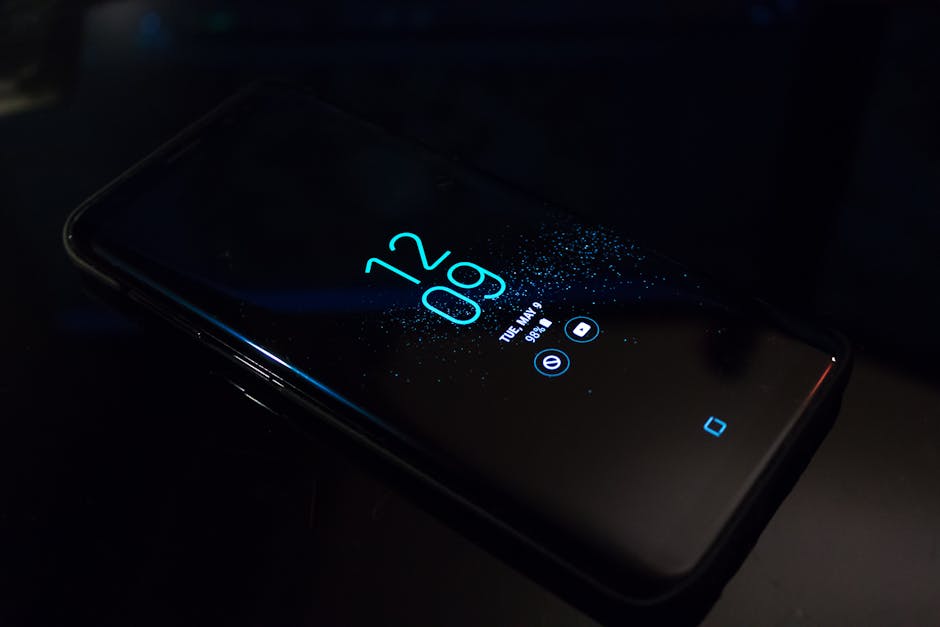Learning how to clear cache in Chrome is essential for maintaining optimal browsing performance and resolving website display issues. Your browser’s cache stores temporary data, and while this speeds up loading times for frequently visited sites, it can also become corrupted or outdated, leading to problems. This guide provides a step-by-step walkthrough on clearing your Chrome cache, along with explanations of why it’s important and alternative methods.
Why Clear Your Chrome Cache?
The cache is designed to improve your browsing experience by storing elements of websites, such as images, scripts, and HTML. This means that when you revisit a site, Chrome can load these elements from your local storage instead of downloading them again from the server. However, there are several reasons why you might need to clear your cache:
Outdated Information: If a website has been updated, but your browser is still loading the cached version, you may not see the latest content. Clearing the cache forces Chrome to download the newest version. Website Errors: Corrupted cache files can cause websites to display incorrectly, or even prevent them from loading at all. Privacy Concerns: The cache can store personal information, such as form data and browsing history. Clearing it can help protect your privacy, especially if you are using a shared computer. Performance Issues: An overly large cache can slow down your browser and your computer. Regularly clearing the cache can help improve performance. Troubleshooting: Clearing the cache is a common troubleshooting step for many website-related issues. It helps ensure that you are seeing the most current version of a website and that any problems are not due to outdated files.
Methods for Clearing the Chrome Cache
There are several ways to clear your Chrome cache, each with its own advantages. Here are the most common methods:
#### 1. Clearing Cache Through Chrome Settings
This is the most straightforward method for clearing your cache.
- Open Chrome: Launch the Google Chrome browser on your computer.
- Access the Menu: Click the three vertical dots (the “Customize and control Google Chrome” menu) in the top-right corner of the browser window.
- Navigate to Settings: In the dropdown menu, select “Settings.”
- Privacy and Security: In the Settings menu, click on “Privacy and security” in the left-hand sidebar.
- Clear Browsing Data: Click on “Clear browsing data.” This opens a new window with options for clearing browsing history, cookies, cache, and other data.
- Time Range: At the top of the “Clear browsing data” window, you’ll see a dropdown menu labeled “Time range.” Select the time period for which you want to clear the cache. Options include “Last hour,” “Last 24 hours,” “Last 7 days,” “Last 4 weeks,” and “All time.” If you’re trying to resolve a specific issue, “All time” is often the best choice.
- Select Cached Images and Files: Make sure the box next to “Cached images and files” is checked. You can also choose to clear browsing history, cookies, and other data at the same time, if desired.
- Clear Data: Click the “Clear data” button. Chrome will then clear the selected data, including the cache.
- Restart Chrome: For the changes to take full effect, it’s recommended to close and reopen Chrome.
#### 2. Using the Chrome Developer Tools to Clear Cache
The Chrome Developer Tools provide more granular control over clearing the cache, and are particularly useful for web developers.
- Open Chrome Developer Tools: There are several ways to open the Developer Tools:
Right-click anywhere on a webpage and select “Inspect.” Press `Ctrl+Shift+I` (Windows/Linux) or `Cmd+Option+I` (Mac). Click the three vertical dots in the top-right corner of Chrome, select “More tools,” and then “Developer tools.”
- Navigate to the Network Tab: In the Developer Tools window, click on the “Network” tab.
- Disable Cache (Optional): If you want to prevent Chrome from using the cache while you’re developing or testing, check the “Disable cache” box at the top of the Network tab. This is useful for ensuring that you’re always seeing the latest version of a website.
- Empty Cache and Hard Reload: Right-click anywhere on the Network tab. A context menu will appear. Select “Empty cache and hard reload.” This will clear the cache and reload the current page, forcing Chrome to download all resources from the server.
- Alternative Method: Hold down the Shift key and click the Reload button in the Chrome toolbar. This also performs an “Empty cache and hard reload.”
#### 3. Clearing Specific Site Data
Sometimes, you may only want to clear the cache for a specific website, rather than clearing the entire browser cache. This can be useful if you’re experiencing issues with a particular site, but don’t want to affect your browsing experience on other sites.
- Access Site Settings: Visit the website for which you want to clear the cache. Click the padlock icon (or the “Not secure” warning) to the left of the website’s address in the address bar.
- Cookies and Site Data: In the dropdown menu that appears, click on “Cookies and site data.”
- Manage Data: Click the “Manage on-device site data” button.
- Remove Data: A window will appear showing the cookies and site data stored for the current website. You can choose to remove individual cookies or clear all data for the site. To clear all data, click the “Remove All” button.
- Confirm and Reload: Confirm your choice and reload the page. This will clear the cache and cookies for the specific website.
Advanced Cache Management in Chrome
For users who need more advanced control over their cache settings, Chrome offers several additional options:
Cache API: Web developers can use the Cache API to programmatically manage the cache for their websites. This allows for more fine-grained control over which resources are cached and how they are updated. Service Workers: Service workers are JavaScript files that run in the background and can intercept network requests. They can be used to implement advanced caching strategies, such as offline support and background data synchronization. Chrome Flags: Chrome flags are experimental features that can be enabled or disabled by users. There are several flags related to caching that can be used to customize Chrome’s caching behavior. To access Chrome flags, type `chrome://flags` in the address bar and press Enter. Be careful when experimenting with flags, as they can sometimes cause unexpected behavior.
Troubleshooting Common Cache-Related Issues
Clearing the cache can resolve a wide range of website-related issues. Here are some common problems that can be fixed by clearing the cache:
Website Not Loading Correctly: If a website is displaying incorrectly, or if elements are missing, clearing the cache can often resolve the issue. Error Messages: Error messages such as “404 Not Found” or “500 Internal Server Error” can sometimes be caused by outdated cache files. Slow Loading Times: An overly large cache can slow down your browser and your computer. Clearing the cache can help improve performance. Login Issues: If you’re having trouble logging in to a website, clearing the cache and cookies can sometimes resolve the issue. Video Playback Problems: If you’re experiencing problems playing videos on a website, clearing the cache can sometimes help.
How Often Should You Clear Your Cache?
The frequency with which you should clear your cache depends on your browsing habits and your tolerance for potential issues. Here are some general guidelines:
Regular Browsers: If you’re a typical user who browses the web occasionally, clearing your cache every few weeks or months is usually sufficient. Frequent Browsers: If you browse the web frequently, or if you visit websites that are updated often, you may want to clear your cache more often, such as once a week. Web Developers: Web developers should clear their cache frequently to ensure that they are seeing the latest versions of their websites. Using the “Disable cache” option in the Developer Tools can also be helpful.
Alternatives to Clearing the Entire Cache
If you don’t want to clear your entire cache, there are several alternatives:
Incognito Mode: Incognito mode prevents Chrome from saving your browsing history, cookies, and cache. This can be useful for temporarily bypassing the cache without clearing it. Private Browsing: Other browsers, such as Firefox and Safari, also offer private browsing modes that function similarly to Chrome’s Incognito mode. VPN: Using a VPN changes your IP address, which can sometimes resolve cache-related issues by forcing websites to serve you a fresh version of their content.
In Conclusion
Knowing how to clear cache in Chrome is a valuable skill for any internet user. By regularly clearing your cache, you can ensure that you’re seeing the latest versions of websites, resolve website display issues, protect your privacy, and improve your browsing performance. Whether you choose to clear your entire cache, clear the cache for specific sites, or use the Developer Tools for more granular control, the steps outlined in this guide will help you keep your Chrome browser running smoothly. Make sure to clear your cache periodically to maintain optimal browsing experience.
Related Articles
- How to Turn Off Do Not Disturb on iPhone: A Comprehensive Guide
- How to Restart Your iPhone 15: A Comprehensive Guide
- How to Reset Your Android Phone: A Comprehensive Guide






